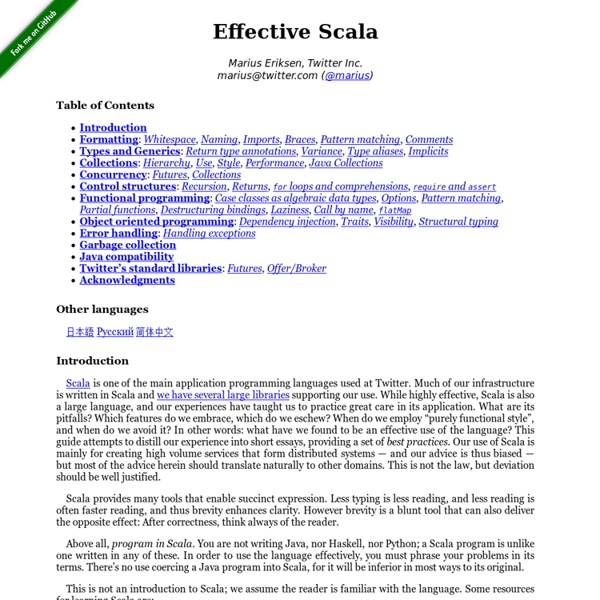Effective Scala

java2scala code generator (maven plugin)
spray | HTTP and more for your Akka/Scala Actors
Page not found · GitHub
Play Framework - Build Modern & Scalable Web Apps with Java and Scala
dlwh/breeze · GitHub
maven eclipse scala
lauris/awesome-scala
sbt eclipse
Related:
Related:



